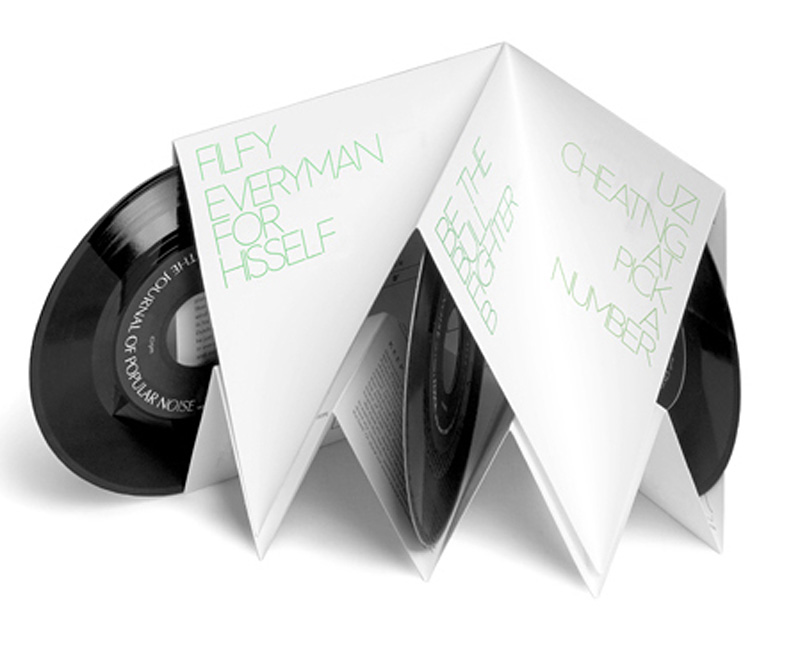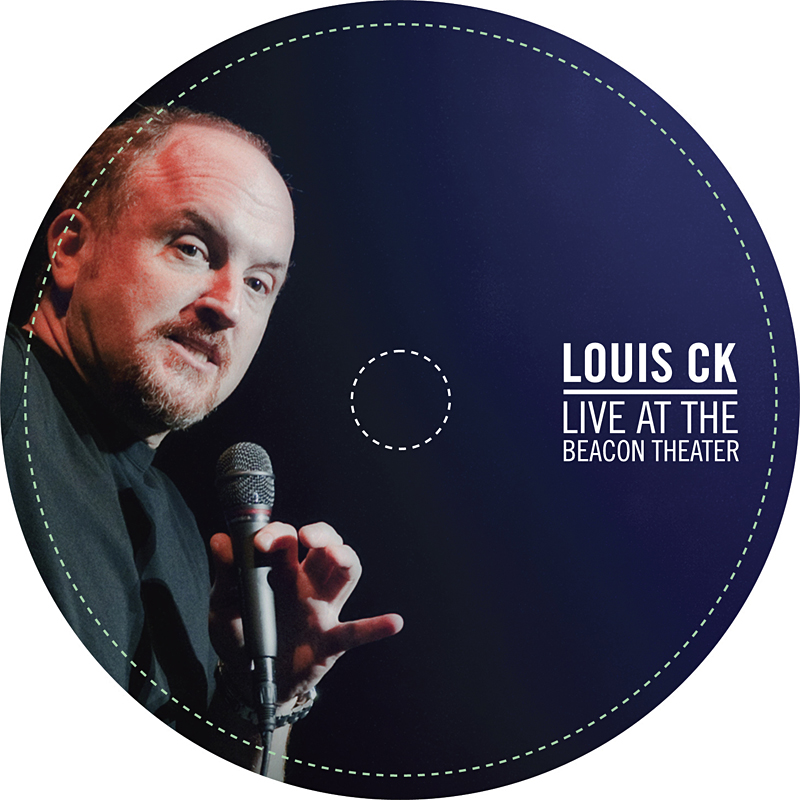Have you ever looked at an issue of Esquire from the ’60s? Or a Ray Gun from the ’90s, or even a McSweeney’s from today? They’re not just magazines, but works of art you feel guilty throwing out because they’re beautifully designed. Sure, the words and photos inside may be by Norman Mailer and Andy Warhol, but there is also an artistic flow to those words and photos, an arrangement that carries the eye from page to page as effortlessly as a good piece of music keeps you engaged from beginning to end.
This analogy has recently been at the forefront of Byron Kalet’s mind. The Seattle-born, New York–based designer has been applying the basic conventions of popular song—rhythm and tone—to an audio magazine he calls the Journal of Popular Noise. This week, Kalet is releasing Residential, a collection of tracks by Foscil, a meditative electro-jazz collaboration among local woodwind player Anthony Moore and members of Truckasaurus. Limited to 300 copies, Residential contains three 45-rpm records in a package that unfolds like a Cubist accordion to reveal an interview with the band and artful musical charts to accompany each track.
“I don’t think I’m really doing anything new,” says Kalet, referring to the long tradition of record clubs such as Flexidiscs and Sub Pop’s Singles Club. “I’m just doing it my way for what’s happening right now.” By that he means JPN is a response to the rise of downloads and blogs and the withering market for physical records and magazines. But as these latter markets have dwindled, the demand—albeit small—for beautifully packaged albums and magazines has gone up thanks to diehards and collectors. Though Kalet has kept each JPN release limited to 400–600 copies, each one has sold out.
Though you can easily read about a band on Pitchfork while listening to their music, the Internet lacks the tactile impression left by magazines and records. For Residential, Kalet’s clean, cerebral design and handmade aesthetic emphasizes Foscil’s blend of analog and electronic sound. It also introduces listeners to an unknown band, enabling them to become intimate with the music—which is what Foscil’s music demands. Introspective and warm, it blends the mesmerizing symphonic work of Miles Davis and Gil Evans, the forward-thinking cut-and-paste production of Teo Macero, and the avant explorations of Don Cherry.
“Magazines are great because they offer an experience one could never get from the Internet,” says Kalet. “Imagine what pop music would [have been] like without Rolling Stone in the ’70s, Maximum RocknRoll in the ’80s, and Riot Grrrl zines in the ’90s.”
For more information, visit popularnoise.net.








